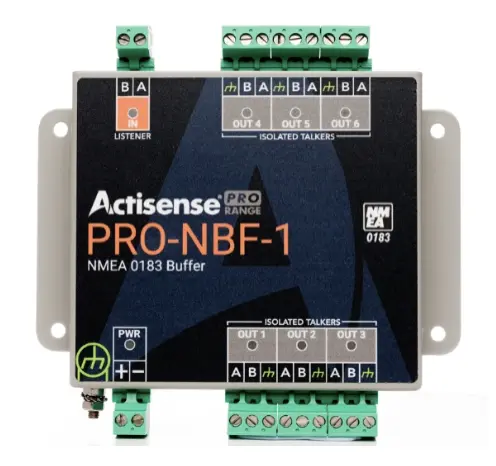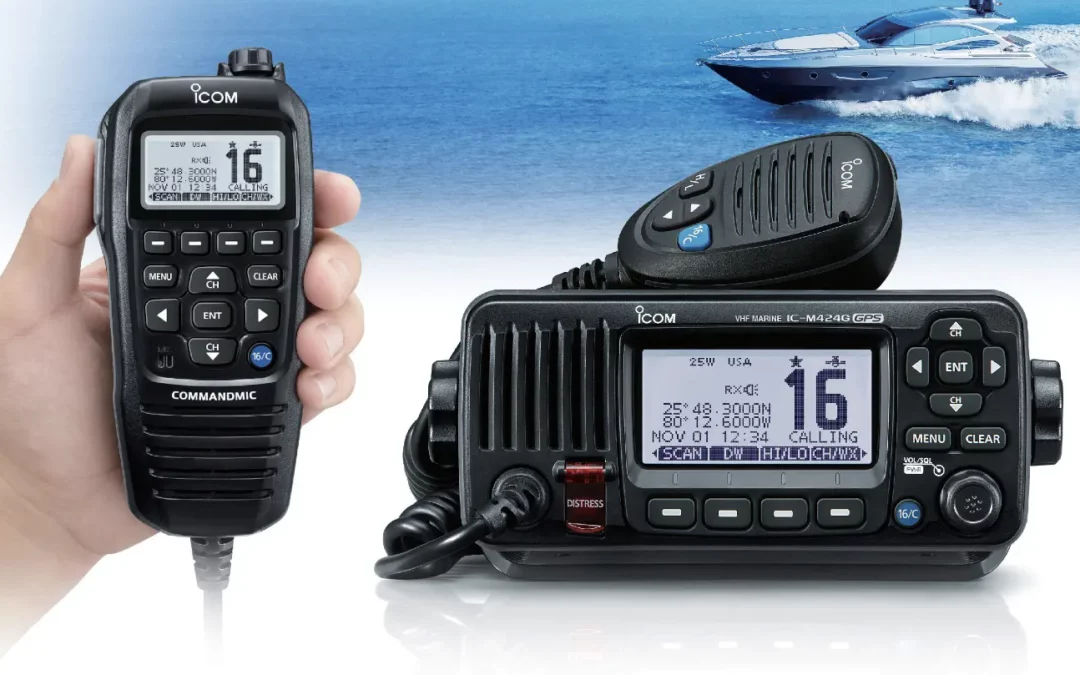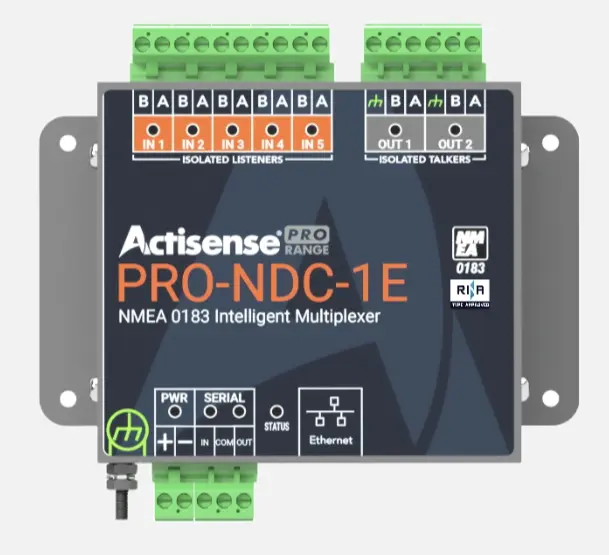Despite mobile phones becoming the most common means of communication, handheld radios remain indispensable in various applications, from emergency response to recreational outdoor activities. They provide a dedicated and efficient channel of communication that can operate independently of cellular networks, which is especially important when signals for mobile networks become weak or fail. Moreover, handheld radios offer a secure and instantaneous mode of communication, which allows teams to coordinate seamlessly even in challenging environments.
If you’re planning to get your own handheld radio, whether for business or recreational use, we give you insight into the different types of handheld radios and what to consider when buying one.
Different Types of Handheld Radios
There are two basic types of handheld radios. Understanding the features and benefits of each type allows you to make an informed decision on what would be best suited for your needs.
Analogue Handheld Radios
Analogue radios, also known as two-way handheld radios, have been the traditional choice for communication. They use analogue signals to transmit voice communication and are known for their simplicity and ease of use. Analogue radios are suitable for basic communication needs and are often less expensive than their digital counterparts.
Digital Handheld Radios
On the other hand, digital handheld radios are frequently employed by businesses seeking to optimise real-time communication across various devices. They offer features such as background noise cancellation and extended coverage capabilities to ensure teams have clear and efficient communication.
Factors to Consider When Choosing a Handheld Radio
Here is what you should consider when selecting the right handheld radio for your needs:
Very High Frequency (VHF) or Ultra High Frequency (UHF)
Handheld radios transmit signals over a radio channel using either a Very High Frequency (VHF) or Ultra High Frequency (UHF) carrier frequency wave. Each frequency range has its distinct advantages and considerations.

Radios operating on Very High Frequency or VHF typically offer better performance in open spaces with minimal obstructions. The longer wavelengths of VHF signals make them more effective in covering larger distances. This makes VHF handheld radios well-suited for outdoor activities, such as hiking or open-field events where line-of-sight communication is vital.
On the other hand, handheld radios with Ultra High Frequency or UHF excels in areas with numerous obstructions, such as buildings or dense forests. The shorter wavelengths of UHF signals can penetrate obstacles more effectively, making them suitable for indoor use, urban environments, and scenarios where communication may encounter physical barriers.
These days, there are handheld radios available which can transmit signals to both VHF and UHF frequencies. One example would be the ICOM IC-T10 DUAL BAND FM TRANSCEIVER, which is great for long-range communication. With a powerful 5W RF output in both the 144 and 430 MHz bands, it ensures your signal reaches far and wide.
To know which frequency your type of application requires, check out our guide on choosing between UHF and VHF handheld radios.
Range Capabilities and Requirements
The range of a handheld radio is a critical factor to consider, especially if you anticipate communication over long distances. Radios with higher power output and longer antennas generally offer greater range. However, it’s essential to balance range requirements with power consumption, as higher power settings can drain the battery more quickly. Assess your communication needs and select a handheld radio that provides sufficient range without compromising battery life.
Durability and Resistance to Environmental Factors

Handheld radios are often used in challenging environments, ranging from bustling warehouses to critical emergency situations. Therefore, prioritising durability and resistance to environmental factors becomes paramount. When evaluating a handheld radio’s durability, consider the construction quality and the materials used.
If you want a handheld radio that stands up to the rigours of outdoor use, the Yaesu VX-110 Transceiver proves to be an exemplary choice. With a robust die-cast aluminium housing, this two-way radio ensures unparalleled durability, making it an ideal communication device for demanding environments.
Size and Weight

The size and weight of a handheld radio can significantly impact its usability, especially if you plan to carry it for extended periods. Compact and lightweight radios are ideal for outdoor activities and events, ensuring they won’t become a burden during extended use.
For a reliable and lightweight handheld radio, you can consider options such as the FT-10R VHF Transceiver. This model, in particular, combines a compact design with user-friendly features, making it an excellent choice for users prioritising portability without compromising functionality.
For High-Quality Handheld Radios, Choose Tecomart
Should you need top-notch amateur radio equipment, look no further than Tecomart. Renowned for delivering excellence in radio communication, Tecomart offers a comprehensive range of high-quality equipment tailored for various applications. Whether you are in search of feature-rich handheld radio sets, reliable two-way radio repeaters, or other communication solutions, our extensive catalogue has you covered. At Tecomart, we prioritise performance, durability, and innovation, ensuring that the products we supply can meet your recreational and business needs. Explore our offerings today.
For further insight into radio communication equipment, see what mistakes you should avoid with your amateur radio equipment.








0 Comments